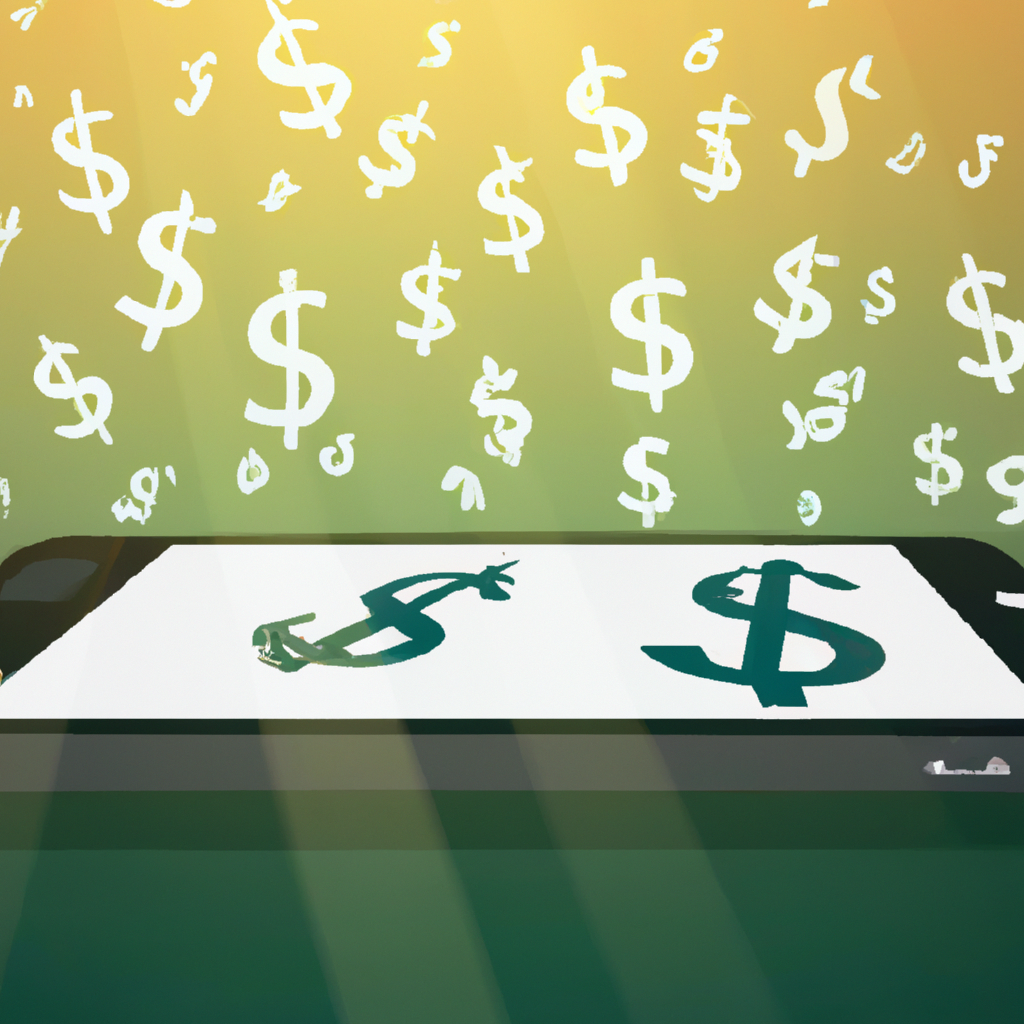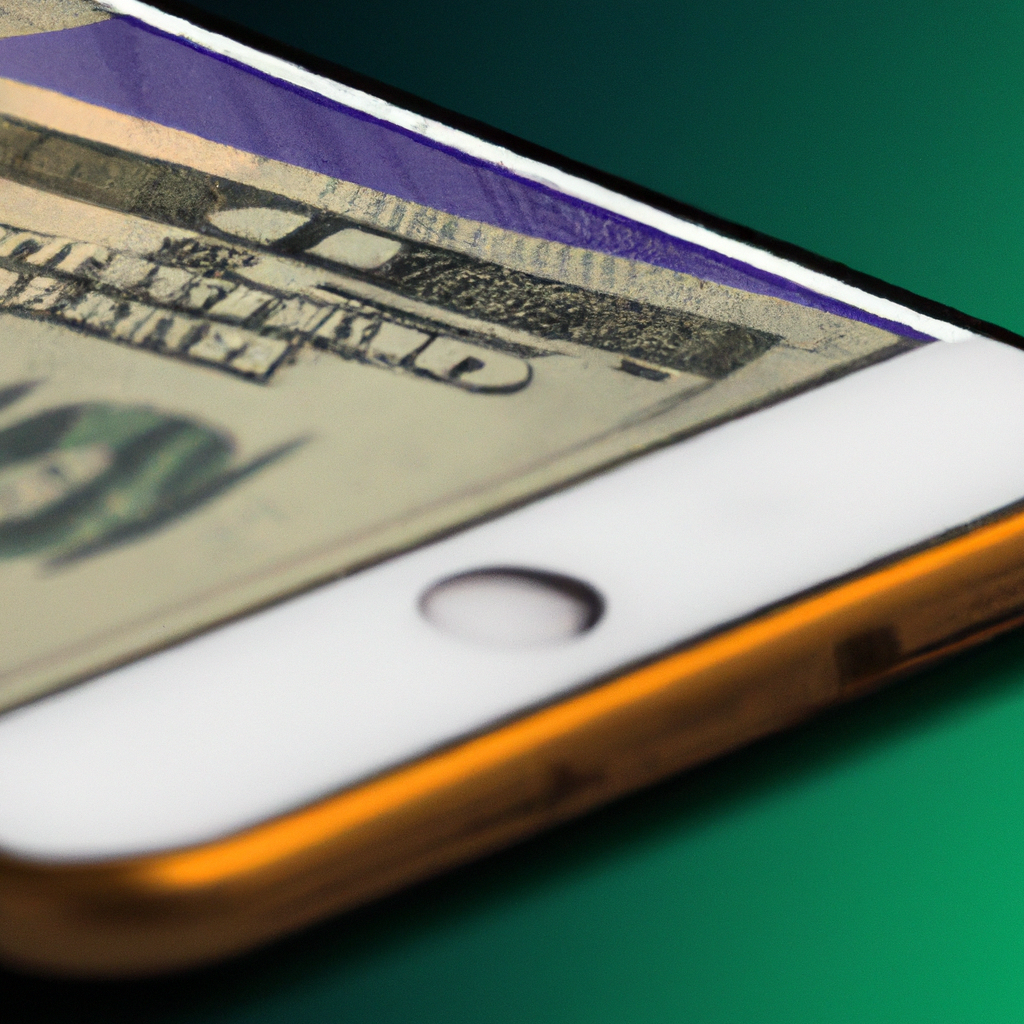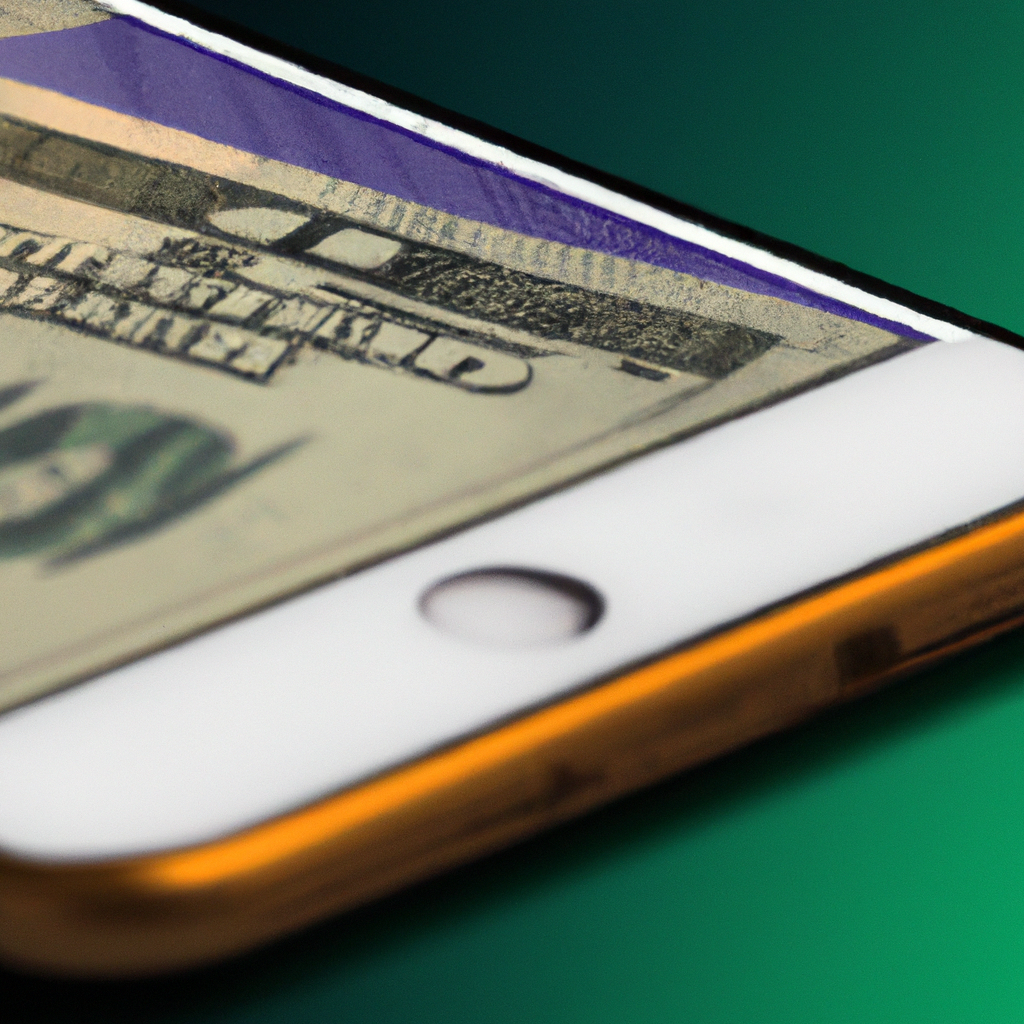So you’ve got this amazing idea for an app, and you’re wondering if it’s worth pursuing. Well, let’s crunch some numbers and find out just how much owning an app can pay off. In this article, we’ll explore the potential financial gains and drawbacks of owning your own app, considering factors like monetization strategies, app popularity, and user engagement. Whether you’re dreaming big or just curious about the app industry, keep reading to discover the real cash flow behind owning an app.

The Potential Earnings of App Ownership
So, you’re thinking about becoming an app owner and want to know how much it can potentially pay? Well, you’ve come to the right place! In this article, we’ll explore the various revenue models for app owners, the factors that can impact app earnings, and popular app monetization strategies. Let’s dive in!
Revenue Models for App Owners
As an app owner, there are several revenue models you can choose from to generate income. Here are some of the most common ones:
Paid Apps
One of the simplest revenue models for app owners is to sell your app directly to users. With a paid app, users pay a one-time fee upfront to download and use your app. The earnings potential with this model can vary greatly depending on factors such as the price of your app, the demand for your app, and the number of downloads.
Freemium Apps
Freemium apps offer users a basic version of the app for free, with the option to upgrade to a premium version for additional features or content. This revenue model allows you to reach a larger audience by offering a free app, while also providing the opportunity to generate revenue from users who choose to upgrade.
In-App Purchases (IAP)
In-app purchases are a popular strategy for monetizing apps. With this model, you offer users the ability to make purchases within your app to access additional content, features, or virtual goods. In-app purchases can range from small one-time purchases to recurring subscriptions, providing a steady stream of revenue for app owners.
In-App Advertising
Advertising within your app can be a lucrative revenue stream if done correctly. By displaying ads to your users, you can earn money by charging advertisers for impressions or clicks. The success of in-app advertising depends on factors such as the size of your user base, the relevance of the ads to your users, and the overall user experience.
Subscription-Based Apps
Subscription-based apps offer users access to premium content or services for a recurring fee. This revenue model provides a predictable income stream for app owners and encourages long-term user engagement. The success of subscription-based apps relies heavily on delivering continuous value to subscribers and maintaining a strong user base.
Factors Impacting App Earnings
While the revenue models mentioned above can provide a means of generating income, there are several factors that can impact your app’s earnings. Let’s explore some of these factors:
Number of App Downloads
The number of app downloads plays a crucial role in determining your earnings potential. Generally, the more downloads your app receives, the higher your revenue will be. However, it’s important to keep in mind that having a large user base doesn’t guarantee high earnings if your app doesn’t effectively monetize its users.
User Engagement and Retention
Engaging and retaining users is essential for maximizing your app’s earnings. The more frequently users interact with your app, the more opportunities there are for monetization. By offering a compelling user experience, regularly updating your app with new features, and implementing retention strategies, you can increase user engagement and ultimately boost your earnings.
App Store Optimization (ASO)
App Store Optimization (ASO) is the process of optimizing your app’s presence in the app stores to improve its visibility and increase downloads. A well-optimized app can attract more users, which in turn can lead to higher earnings. By optimizing your app’s title, description, keywords, and screenshots, you can increase your chances of being discovered by potential users.
App Quality and Performance
The quality and performance of your app play a significant role in determining its success and earnings potential. A well-designed, intuitive, and bug-free app is more likely to garner positive reviews, attract users, and encourage monetization. Investing in regular app maintenance, bug fixes, and user feedback can help ensure that your app remains competitive and profitable.

Popular App Monetization Strategies
Now that we’ve covered the revenue models and factors impacting app earnings, let’s take a closer look at popular app monetization strategies that successful app owners employ:
Ad-Based Monetization
Ad-based monetization involves displaying advertisements within your app to generate revenue. This can be done through various ad formats, such as banners, interstitials, or rewarded videos. By partnering with ad networks or implementing direct ad deals, you can earn money based on impressions, clicks, or user interactions with the ads.
In-App Purchases and Subscription Models
As mentioned earlier, in-app purchases and subscription models can be highly effective in generating revenue. By offering users the opportunity to unlock additional features, purchase virtual goods, or subscribe to premium content, you can generate a steady stream of income. It’s essential to carefully balance the value proposition of your in-app purchases or subscriptions to ensure they are attractive to users while still providing profitability.
Sponsorship and Partnerships
Sponsorship and partnerships can be a lucrative avenue for app owners to explore. By collaborating with relevant brands or companies, you can create mutually beneficial relationships that provide financial support in exchange for exposure or association with your app. This can include sponsored content, branded challenges, or product placements, depending on the nature of your app.
Affiliate Marketing
Affiliate marketing is a strategy where you can earn a commission for promoting other companies’ products or services within your app. By partnering with affiliate programs relevant to your app’s niche, you can generate income by driving users to make purchases through your app. This can include recommendations, referrals, or even affiliate links within your app’s content.
Paid Apps
Paid apps offer straightforward earning potential by charging users a one-time fee for access. The amount you can earn from a paid app will depend on various factors. These include the price you set for your app, the demand for your app’s features or content, and the number of downloads it receives.
However, it’s important to consider the challenges and considerations associated with the paid app model. Charging users upfront can deter potential users who are hesitant to pay without trying the app first. Additionally, competition from free or cheaper alternatives can impact the number of downloads and overall earnings.
Freemium Apps
Freemium apps provide an opportunity to reach a larger audience by offering a free version of your app. Users can then choose to upgrade to a premium version for additional features or content. The earning potential with freemium apps lies in the ability to attract a large user base and convert a percentage of those users into paying customers.
However, freemium apps come with their own set of challenges and considerations. The conversion rate from free to premium users can vary significantly, and finding the right balance between offering enough value in the free version while enticing users to upgrade can be tricky. Additionally, providing ongoing support and updates for both the free and premium versions can require additional resources.
In-App Purchases (IAP)
In-app purchases can offer substantial earning potential by providing users with the option to make purchases within your app. This revenue model allows you to offer additional content, features, or virtual goods for sale. The success of in-app purchases relies on providing enticing products that users willingly spend money on.
However, there are challenges and considerations to keep in mind with in-app purchases. It’s crucial to strike a balance between offering valuable purchases without alienating users or creating a paywall that hampers the app’s usability. Additionally, ensuring a seamless purchasing experience and implementing robust security measures to protect users’ financial information is essential.
In-App Advertising
In-app advertising can be a lucrative revenue stream by displaying ads to your app users. By partnering with ad networks or directly selling ad space, you can earn money based on impressions or clicks. The earning potential with in-app advertising depends on factors such as the size and engagement of your user base, the relevance of the ads to your users, and the overall user experience.
However, it’s important to consider the challenges and considerations of in-app advertising. Striking a balance between generating ad revenue and maintaining a positive user experience is crucial. Overwhelming users with excessive or intrusive ads can lead to user dissatisfaction and potentially drive users away from your app.
Subscription-Based Apps
Subscription-based apps offer users access to premium content or services for a recurring fee. This revenue model provides a predictable income stream for app owners and encourages long-term user engagement. The earning potential with subscription-based apps lies in providing continuous value to subscribers and consistently attracting new subscribers.
However, challenges and considerations come with the subscription-based model. Users today have numerous subscription options available, so it’s important to differentiate your app’s offering and consistently deliver value to justify the recurring cost. Additionally, managing subscriptions, offering cancellation options, and adhering to subscription rules set by app stores can require careful attention to ensure compliance and customer satisfaction.
Affiliate Marketing
Engaging in affiliate programs can be a rewarding monetization strategy for app owners. By partnering with relevant affiliate programs, you can earn a commission for promoting products or services within your app. The earning potential with affiliate marketing depends on factors such as the popularity of your app, the relevancy of the promoted products, and the effectiveness of your marketing efforts.
To increase your affiliate revenue, it’s important to carefully select affiliate programs that align with your app’s target audience and provide value to your users. Implementing effective marketing strategies such as content marketing, influencer partnerships, or targeted advertising can help drive conversions and ultimately boost your affiliate revenue.
In conclusion, owning an app has the potential to be a profitable venture. By understanding the revenue models available, the factors that can impact earnings, and the popular monetization strategies employed by successful app owners, you can make informed decisions to maximize your app’s earning potential. Remember, it’s important to continuously assess and adapt your monetization strategies based on user feedback, market trends, and evolving industry standards. Good luck on your app ownership journey!
